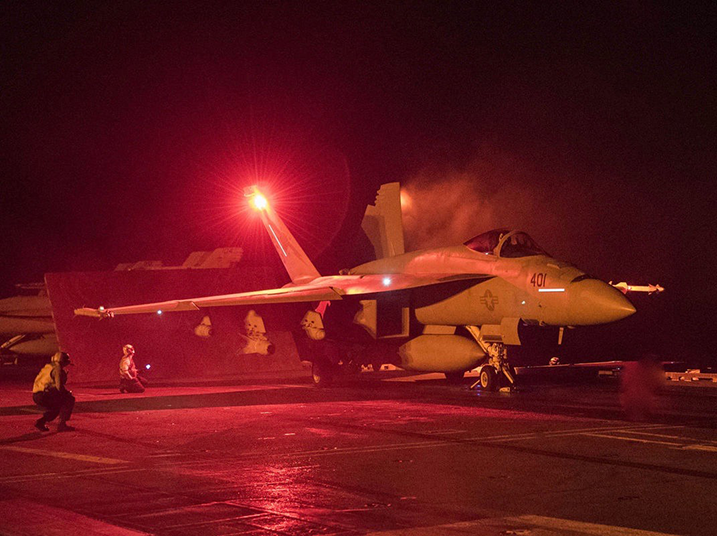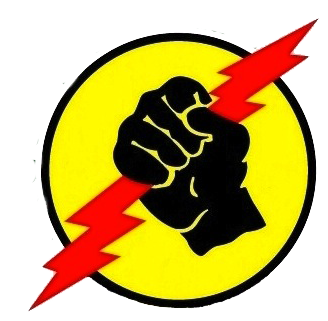The Battle for Midway Island
In the dark days of 1942, the Battle for Midway Island tipped the scales of war in our favor. It was fought with obsolete aircraft at a terrible price, but the flight-crews that won this battle set the standard for future generations in Naval Aviation.
Three Torpedo Squadrons from YORKTOWN (VT-3), ENTERPRISE(VT-6), and HORNET (VT-8), plus aircraft from Midway Island attacked the Japanese carriers without fighter protection on the morning of 4 June 1942, but caused no damageto Japanese ships. These three carrier-based TBD squadrons lost nearly all their aircraft and most of their flight crews to Japanese Zeros and AAA…to read more download the full PDF below.
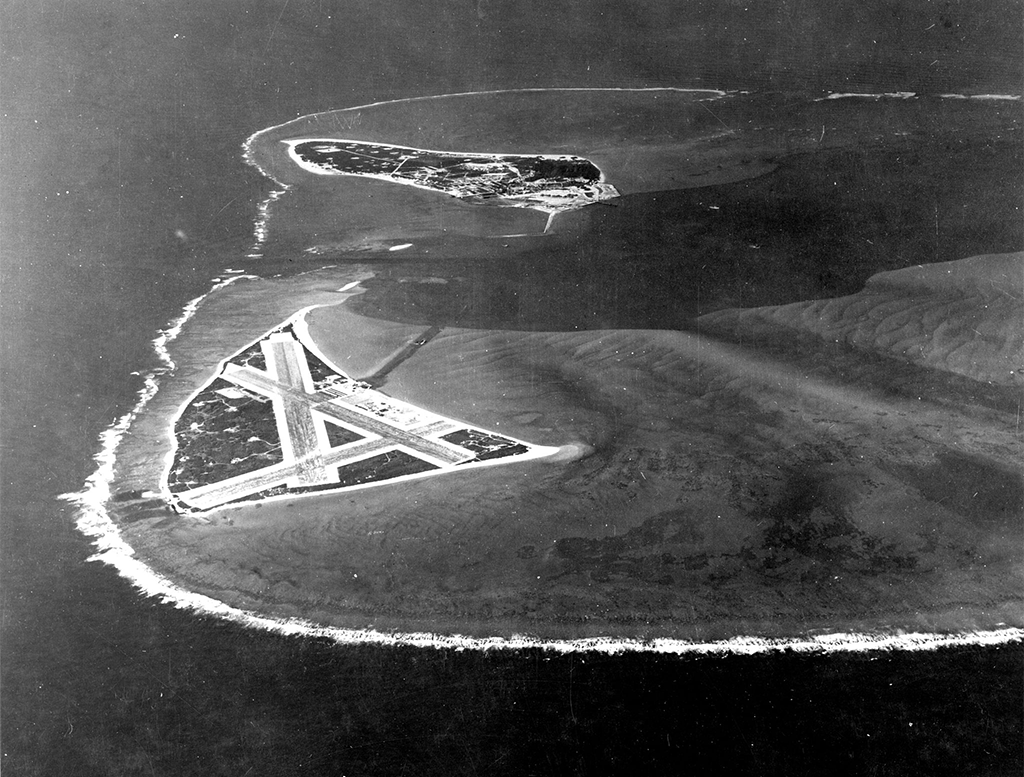
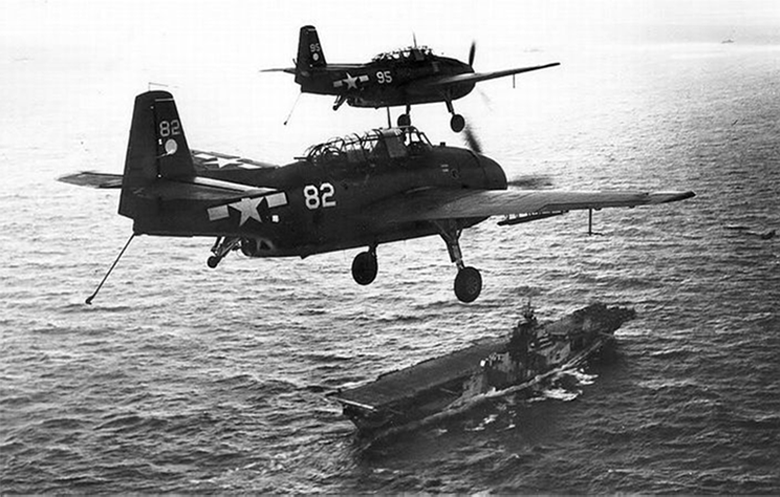
VT-17 During World War II
Despite the major victory at the Battle of Midway, the Pacific war news during 1942 was still mostly grim–some so grim it was blacked-out of public media. We had lost four carriers and ENTERPRISE had been damaged again, while the Japanese still had 5 fleet and 5 light carriers, some recently commissioned. Yet the Marines somehow held Guadalcanal and Henderson Field despite the best efforts of the Japanese.
LCDR FRANK M. WHITAKER (NA 1934) learned he would command the new torpedo squadron VT-17, with 18 factory-fresh TBF-1 Avengers….to read more download the full PDF below.
VA6B/VA-65 During Korea
CVG-17 became CVBG-17 –a MIDWAY-Class air group, while squadron designations were unchanged. The four squadrons of CVG-17 that had joined HORNET in January 1945 would change designations three times over the next three years.
VA-64 became VC-24 in 1949, then VS-24 in 1950 and disestablished in 1956. A new VA-64 would join the Air Group in February 1950–ex-VF-131 (later VF-21)….to read more download the full PDF below.
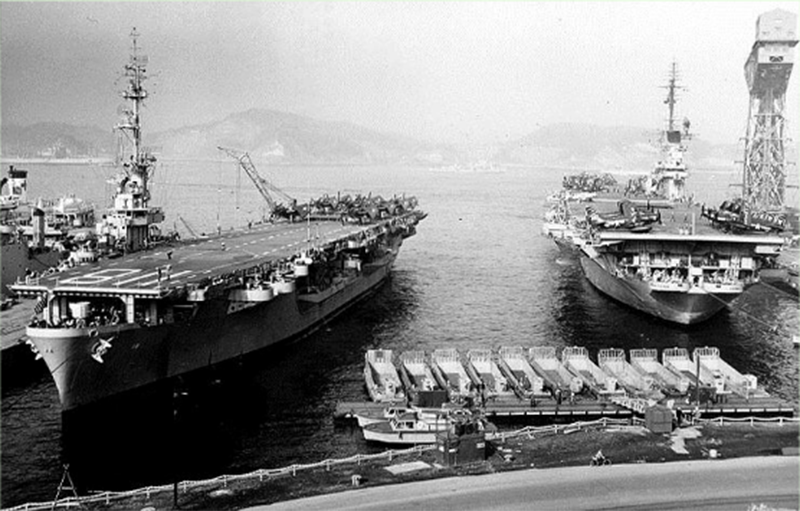

Peace and the Cold War
The period between the Korean War (July 1953) and the Tonkin Gulf incident (August 1964) saw a major change in carrier operations with the angled-deck carrier and the resulting improvement in safety. This is not to say that accidents stopped. Indeed, some were horrific, including one aboard USS ANTIETAM (CVS-36) in 1954 when a VC-33 SPAD made a RIGHT turn after a night wave-off and flew into the island. However, those terrible multi-plane (and people) accidents when an aircraft missed the barrier disappeared, without regrets.
On the down side, the Essex-Class angled-deck conversion (SCB-27C/125) also brought nuclear weapons and night carrier landings to the embarked squadrons….to read more download the full PDF below.
The Vietnam War with Spads
The roots of the Vietnam War go back to the French trying to regain control of their colonies after WW-II. What was known as French Indo-China before WW-II included Laos, Cambodia, and Vietnam.
The Viet Minh (communists) formed an independent republic on 6 March 1946, leading to a war with France lasting from 19 December 1946 until 22 July 1954. After the French defeat at Dien Ben Phu, a cease-fire resulted in the Viet Minh withdrawal to the northern zone while South Vietnam became a separate republic on 26 October 1954…..to read more download the full PDF below.
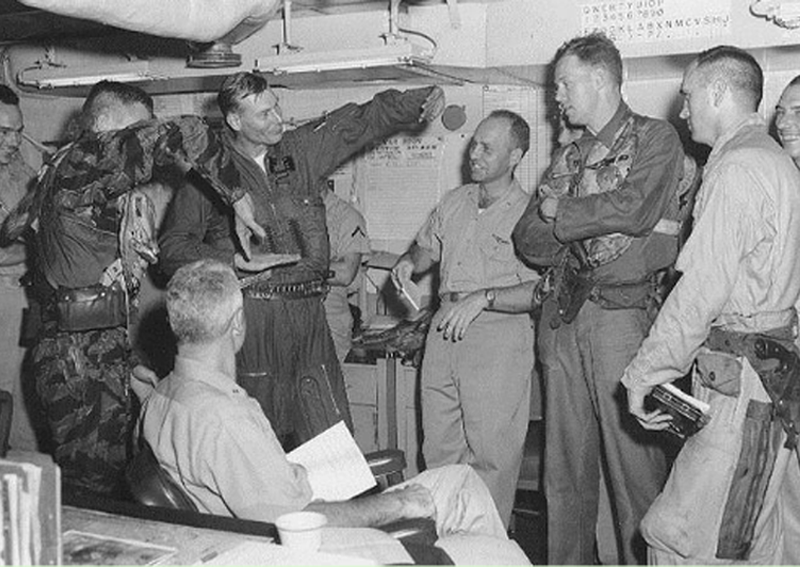
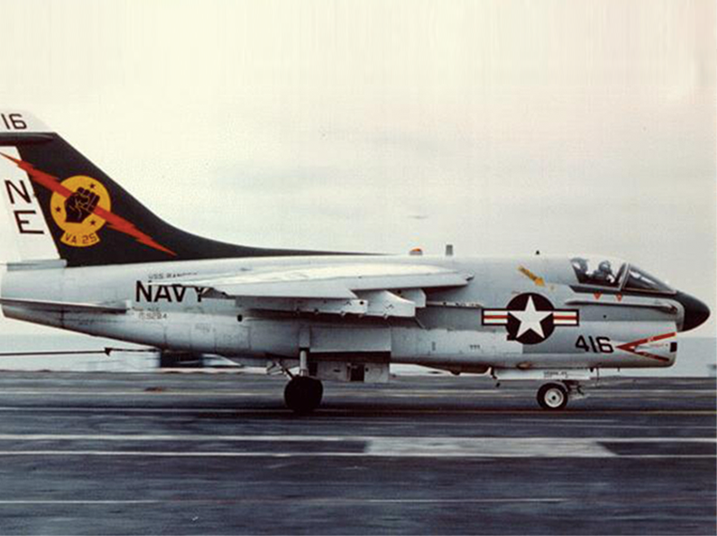
War and Peace in the Corsair II
After the SPAD Retirement Ceremony and Change of Command, most of the officers and men of VA-25 executed orders to other units. This event marked the passing of a unique era in Naval Aviation. The last operational piston-engine carrier aircraft, designed for WW-II, but which fought alongside jets in two wars and was prepared to deliver nuclear weapons in WW-III, was officially retired, but still used by VNAF and USAF from shore bases.
The VA-122 A-7 training program and tight deployment schedule left a lot to be desired. Besides the usual replacement pilots, VA-122 was training two squadrons more or less together, with VA-215 only four weeks ahead of VA-25…..to read more download the full PDF below.
War and Peace in the Hornet
The squadrons “marriage” with the CORSAIR II lasted just 15 years before transitioning to the F/A-18 Hornet. VFA-25 was the second Navy Hornet squadron (VFA-113 was first by a few days). As of 2006 the squadron had flown the Hornet longer than any other assigned aircraft (they flew the SPAD for 21 years). Initially equipped with the F/A-18C legacy Hornet, the squadron transitioned in 2012 to F/A-18E Super Hornets.….to read more download the full PDF below.
